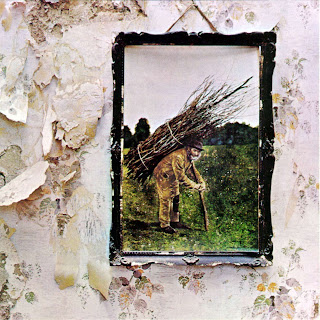Forget it Jake — it’s Star Wars
Having been born at the tail end of the baby boom, I’m now about a quarter century older than most of my students. This creates certain pedagogical challenges, one of which is that I often don’t have a good sense of what cultural and historical allusions and illustrations are going to resonate with or even be comprehensible in a classroom setting.
For example, last semester, I wanted to reference the ending of Chinatown to highlight a couple of points about the legal system, so I asked a class of about 55 students how many of them had seen it. A total of one student raised her hand. She said “do you mean the one in San Francisco?”
Just this week in a seminar on criminal punishment we were discussing punishment as revenge fantasy, and I discovered that none of the dozen or so students had seen either any Dirty Harry films or any portion of Charles Bronson’s Death Wish oeuvre.
Now this circumstance could easily degenerate into a Pete Hamill-style Grumpy Old Man lament on how in the innocent 1970s we had quality filmmaking and the only drug was joy, but I’m curious regarding the extent to which both modern media and contemporary demographics have changed expectations regarding inter-generational familiarity with popular culture. When I was an undergrad 30 years ago I would have thought it very strange if professors assumed any kind of familiarity on my part with the American pop culture of 1950. My expectations are bit different, perhaps unrealistically so, for two reasons: Netflicks and the cultural domination of the boomers. For instance, when I discuss the bundle of sticks metaphor for property rights I assume I can put up the cover of Led Zeppelin IV on a slide and it will be familiar to a non-trivial portion of the class (this assumption has proven to be accurate).
On the other hand, you have the Chinatown-Dirty Harry-Death Wish problem. I sort of feel like my students should have seen Chinatown, in the same way they should have read The Great Gatsby. Expecting them to be familiar with Harry Callahan’s hand cannon and accompanying witticisms, let alone the repulsive Death Wish series, is another matter (although I do think the Eastwood films are both a reflection of and have influenced some important cultural beliefs about the relationship between law, violence, and justice).
Anyway, at this point I find that the only two film references that I can always count on the vast majority of the class to get are The Wizard of Oz and the first Star Wars trilogy. I’m wonder about the extent to which technology has and will gradually change this circumstance — that it is or will make pop culture, both in its high art and low schlock manifestations, more reliably intergenerational as pedogogical references or just subjects of general conversation.



